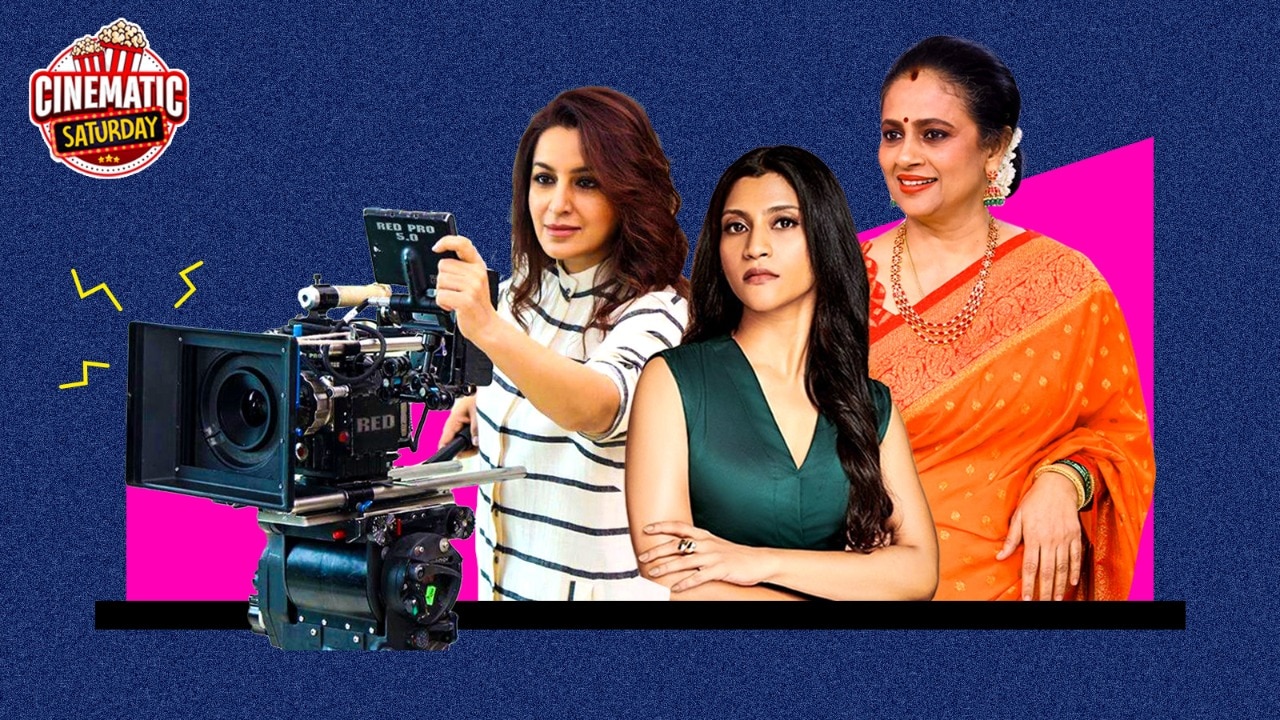Women directors have often brought a nuanced perspective to storytelling on screen. The gaze becomes even more interesting if the female filmmaker in question is an actor. From 'Lady Bird' (2017) to '36 Chowringhee Lane' (1981) and from 'A Death in the Gunj' (2016) to 'Manto' (2018), there are many films that would testify the fact. If the common element in these movies is the cinematic lens of a female actor-director, these stories, cutting across genres and socio-cultural diversity, have also defined the artistic sensibilities of their storytellers.
advertisement
In spite of remarkable work by women directors, there's been a dearth of women actor-turned directors in Indian cinema, in comparison to their male counterparts. Actors like Sunny Deol, Aamir Khan, Ajay Devgn, Anupam Kher, Naseeruddin Shah, R Madhavan, and Prithviraj Sukumaran have attempted direction, and many others routinely continue to do so. However, their female contemporaries, even if they are known for their versatility, are not seen much behind the camera. While women actors have played a crucial role in shaping cinema by backing projects as producers, their involvement in creative fields such as writing, direction and other aspects of filmmaking remains scarce.
Therefore, the larger question still remains: Why are female actors necessary as directors in the realm of Indian cinema? Why is the female gaze significant in movies, and how can women directors provide the same? Why don't we see enough of our female actors take up direction in the Indian film industry even in 2025?
Continue Reading on India Today
This preview shows approximately 15% of the article. Read the full story on the publisher's website to support quality journalism.
